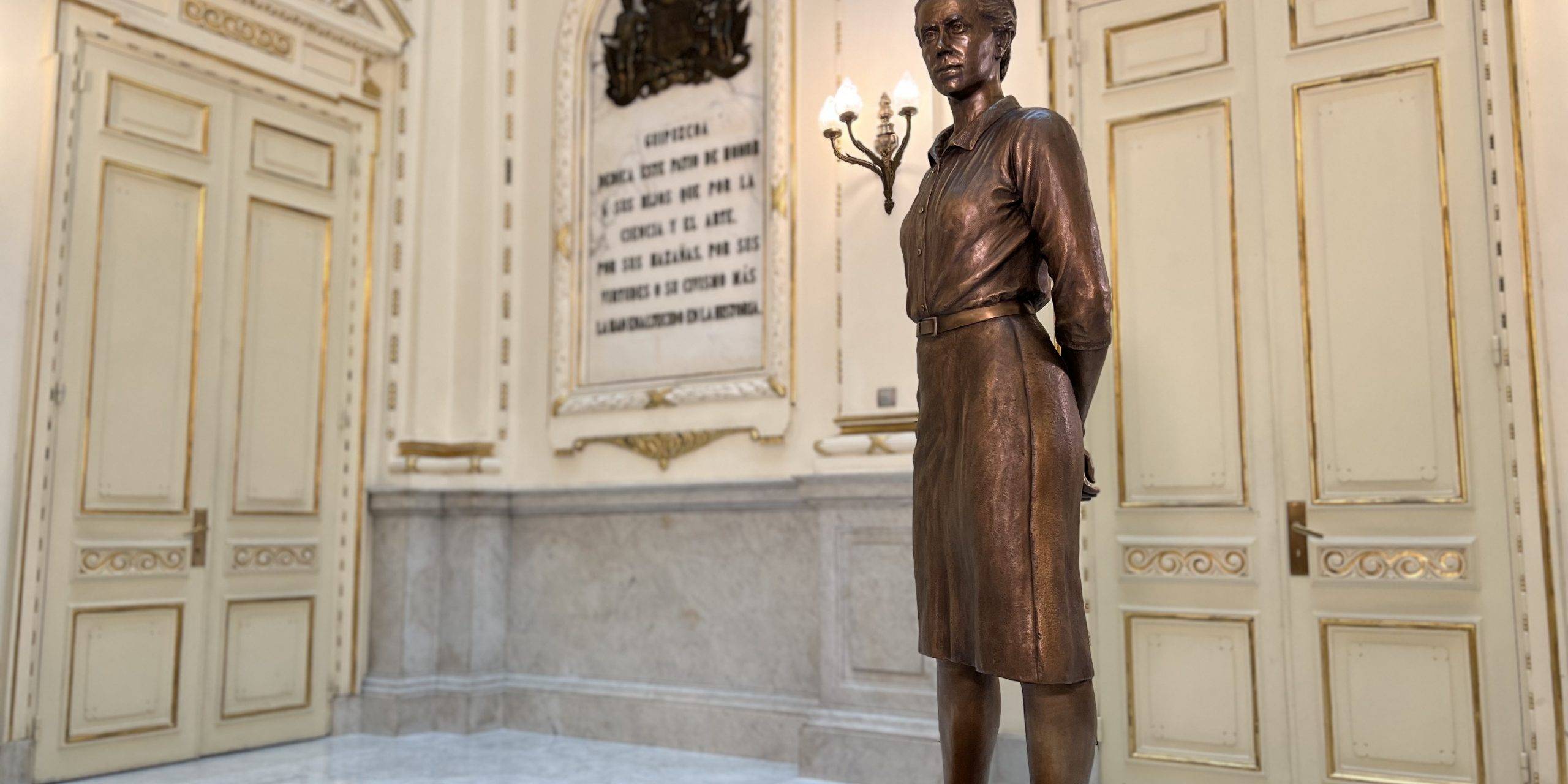
The Enduring Legacy of Bronze Statue Sculpture: From Concept to Casting
Few artistic forms carry the weight of tradition, symbolism, and craftsmanship like bronze statue sculpture. From ancient civilizations to contemporary public spaces, bronze has been a material of choice for artists who seek permanence, expressiveness, and durability.
At Alfa Arte, we specialize in bringing sculptural visions to life through a complete process that combines artistic sensibility with advanced foundry techniques. This article explores the world of bronze sculpture: its history, its significance, and how large-scale pieces are fabricated today.
Why Bronze? A Material Chosen by Centuries of Sculptors
Bronze—an alloy of copper and tin—has been prized since antiquity for its strength, malleability, and elegant finish. Unlike other materials, bronze withstands time and weather, developing a patina that adds character rather than decay.
A Timeless Medium
From the bronzes of ancient Greece to the Renaissance masterpieces of Donatello, and modern public monuments, bronze sculptures have been used to honor figures, mark historical events, and define civic spaces.
Ideal for Detail and Expression
Bronze allows for incredible surface detail. Whether capturing human emotion, dynamic form, or intricate texture, it’s a favorite for both figurative and abstract sculpture.
The Process Behind a Bronze Statue Sculpture
Creating a bronze sculpture—especially on a monumental scale—is a technically demanding process. At Alfa Arte, we guide clients from the first sketch to the final installation, with tailored support at every stage.
1. Concept Development and Artistic Consultancy
It all begins with a vision. Artists collaborate with our team to refine concepts, select the appropriate scale and materials, and assess feasibility based on budget and site conditions.
Read more about our artistic consultancy services.
2. Sculpture Modeling and Enlargement
Using traditional materials like clay, wax, or Porex, or through 3D modeling, the original statue takes shape. For large-scale sculptures, we provide enlargement services using both handcrafted and digital techniques.
Discover our digital modeling and 3D scanning solutions.
3. Mold Making and Bronze Casting
Bronze sculptures are typically cast using the lost wax method or sand casting, depending on scale and form. Molds are made in silicone or plaster, and the bronze is poured at high temperatures into the prepared molds.
Learn more about our bronze casting techniques.
4. Welding, Finishing, and Patinas
Once cast, sections are assembled and welded. Our artisans then refine the surface, apply custom patinas or painted finishes, and ensure corrosion resistance—especially critical for outdoor installations.
Explore our patina and painting services.
Bronze Sculpture in Contemporary Public Art
Today, bronze statues remain central to public art programs, cultural commemorations, and private commissions. Institutions continue to invest in bronze sculpture because of its enduring value, visual impact, and historical continuity.
From Private Collections to Urban Landmarks
Bronze statues appear in plazas, government buildings, parks, corporate campuses, and private estates. They’re often used to convey legacy, narrative, or artistic innovation.
At Alfa Arte, our expertise allows us to execute monumental bronze works with full project management: from modeling and casting to international shipping and on-site installation.
See how we handle sculpture logistics and installation.
Final Thoughts
Bronze statue sculpture is both ancient and modern—an artistic tradition that continues to evolve while maintaining its essence. Whether a public monument, a contemporary figure, or a site-specific piece, bronze speaks of permanence and craftsmanship.
At Alfa Arte, we are proud to continue this tradition in collaboration with artists, institutions, and cities around the world.